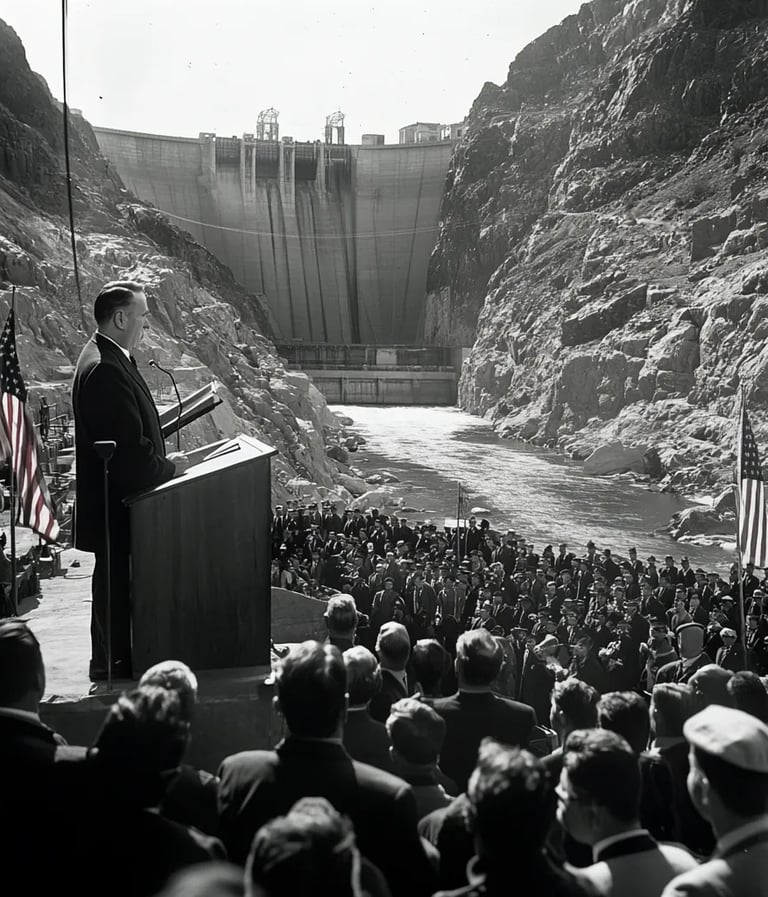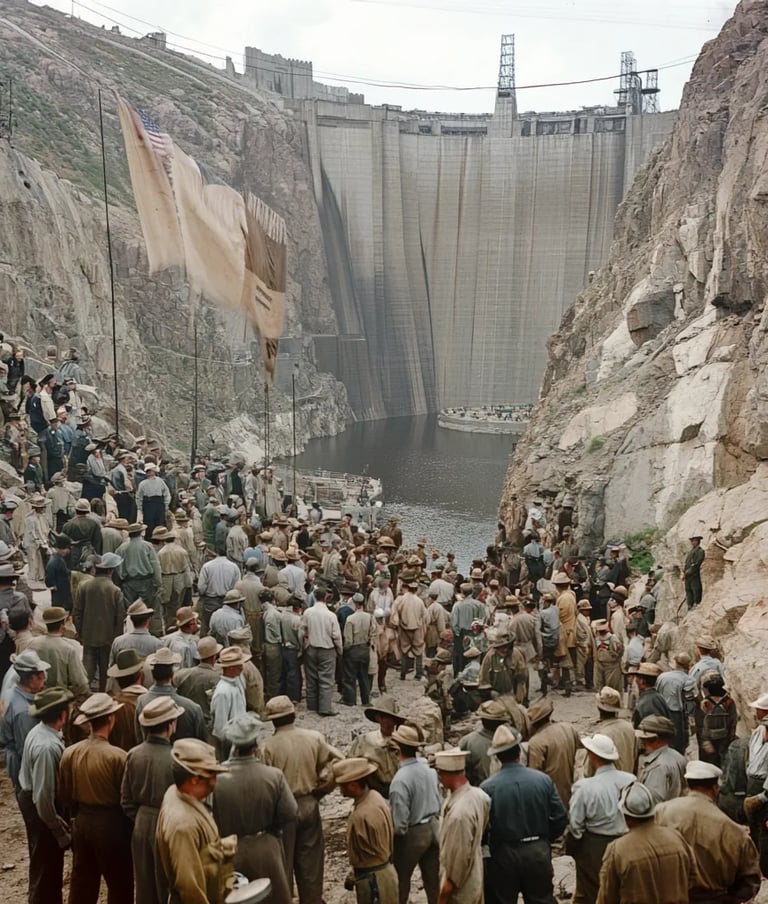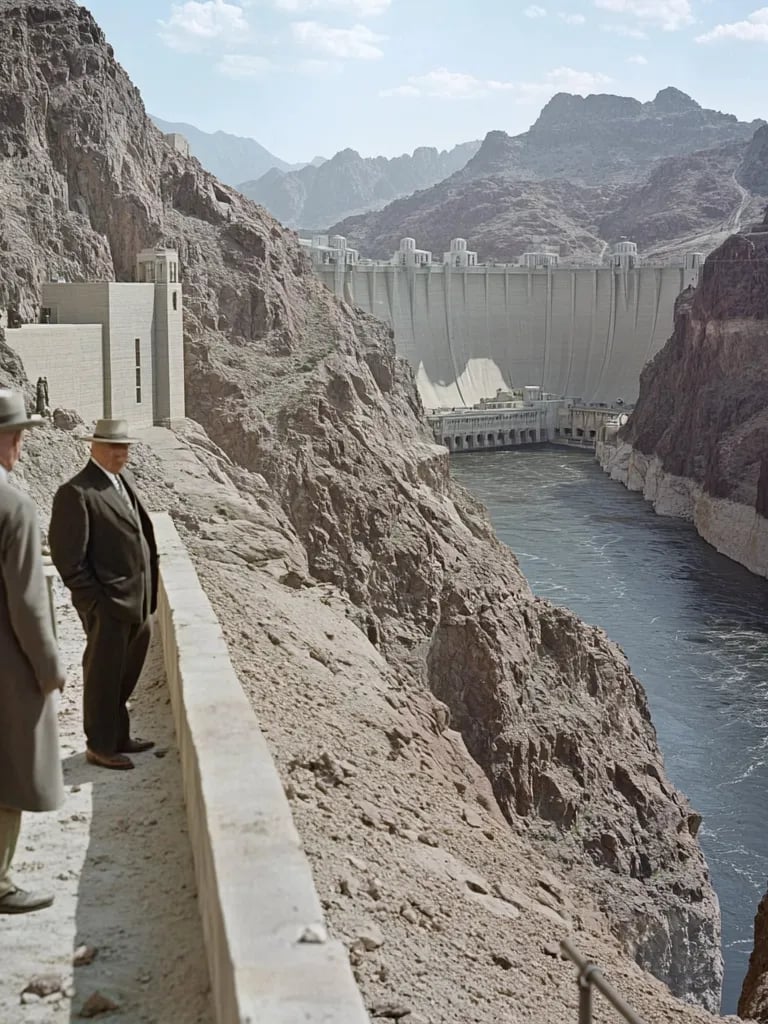In 982, near Cape Colonna in southern Italy, Holy Roman Emperor Otto II and his Frankish forces suffered a crushing defeat against the Muslim army led by al-Qasim. The battle shattered imperial ambitions in southern Italy and left Otto’s power weakened. His army, overwhelmed in unfamiliar terrain, paid the price of underestimating their opponents. The defeat marked a rare but significant setback for Christendom in medieval Europe.
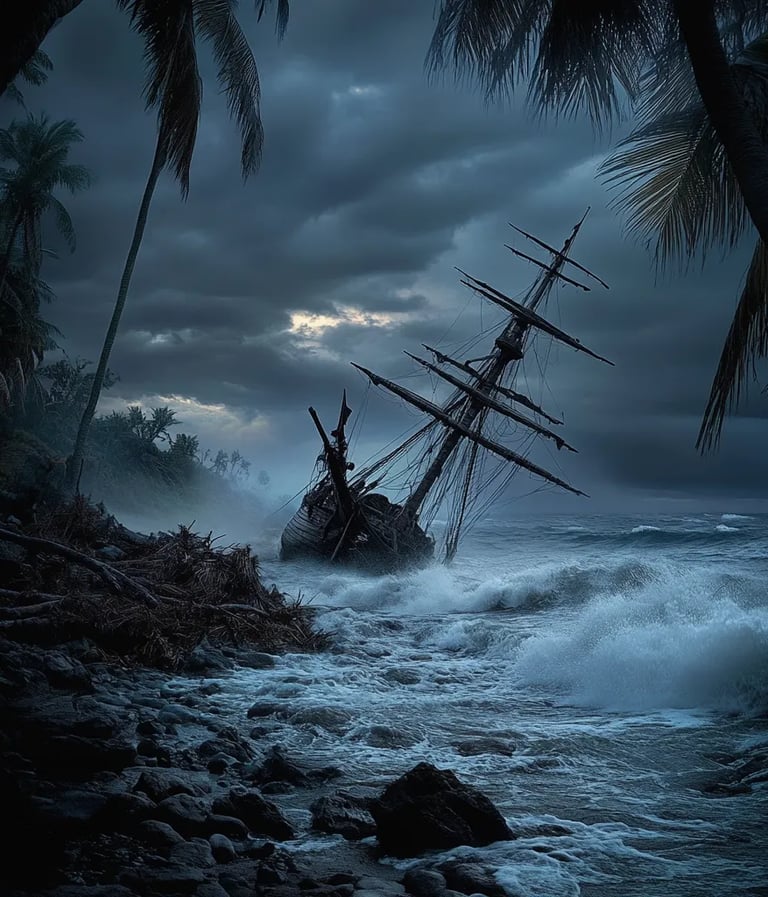

982 – Kings Fall at Cape Colonna: Otto II’s Defeat in Italy


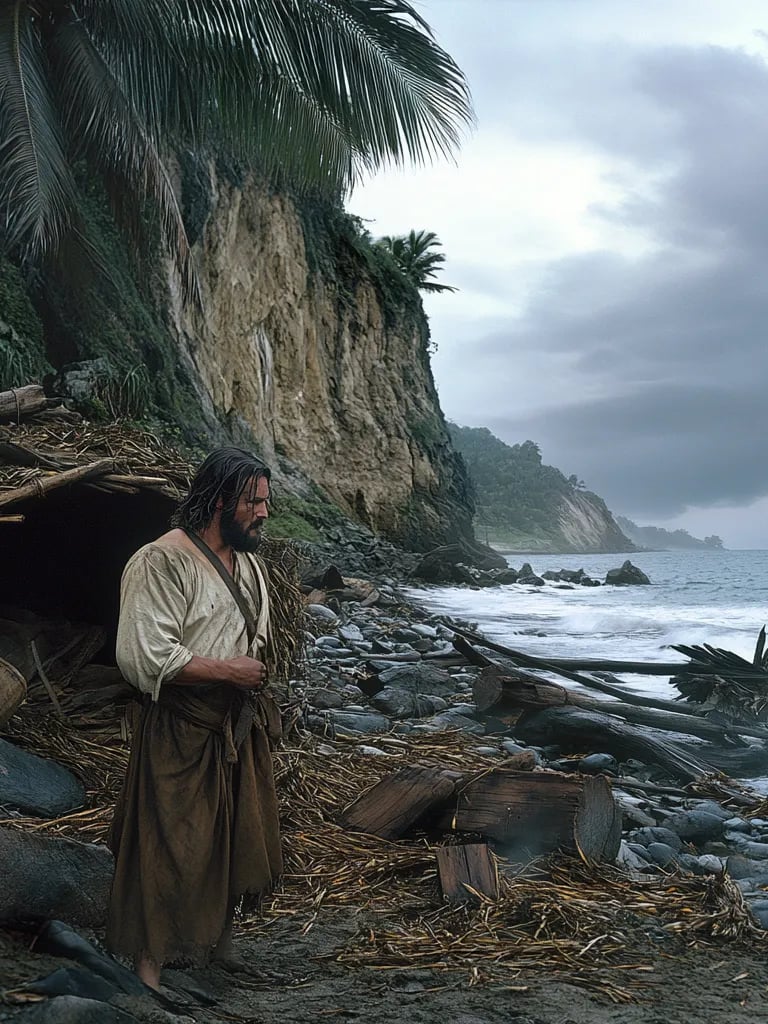

On July 14th, 1789, angry Parisians stormed the Bastille—a medieval fortress and symbol of royal tyranny. Though few prisoners remained inside, the act electrified revolutionary fervor across France. The fall of the Bastille marked the beginning of the French Revolution, unleashing calls for liberty and the end of absolute monarchy. Today, Bastille Day is France’s national holiday, celebrating that pivotal uprising that reshaped European history.


1789 – Storm the Fortress: Bastille Falls, Revolution Begins

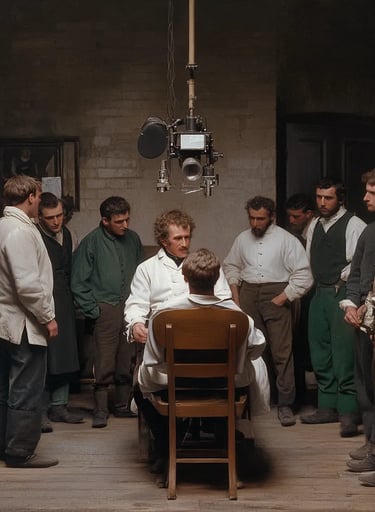


On July 14th, 1795, the French National Convention formally adopted “La Marseillaise” as France’s national anthem. Originally written in 1792 by Claude-Joseph Rouget de Lisle as a revolutionary war song, it captured the fierce spirit of the age. Its bold lyrics and defiant tone quickly turned it into the anthem of the people. To this day, it remains a symbol of French identity and resilience.


1795 – France Gives Its Revolution a Soundtrack: La Marseillaise Declared Anthem




During full-power sea trials near Portsmouth, HMS Thunderer—one of Britain’s most advanced battleships—suffered catastrophe on July 14th, 1876. A boiler explosion tore through the ship, killing 45 sailors and injuring 40 more. The disaster exposed serious flaws in naval engineering and prompted reforms in boiler safety standards. Thunderer’s explosion remains one of the Royal Navy’s most tragic—and instructive—peacetime accidents.


1876 – Disaster at Sea: HMS Thunderer’s Boiler Explodes




In 1927, Hawaii’s aviation history took flight as the first commercial airplane service began, connecting the islands by air. Though modest by modern standards, this early venture marked a turning point in island transport and economic development. Air travel reduced dangerous sea journeys and began shrinking the perceived distance between Hawaii’s islands, laying foundations for the modern aviation network that now threads across the Pacific.
